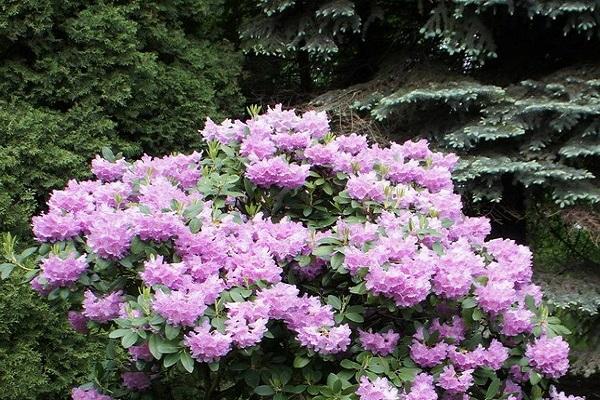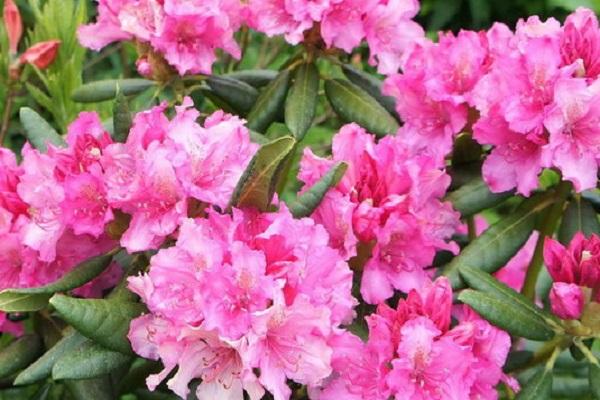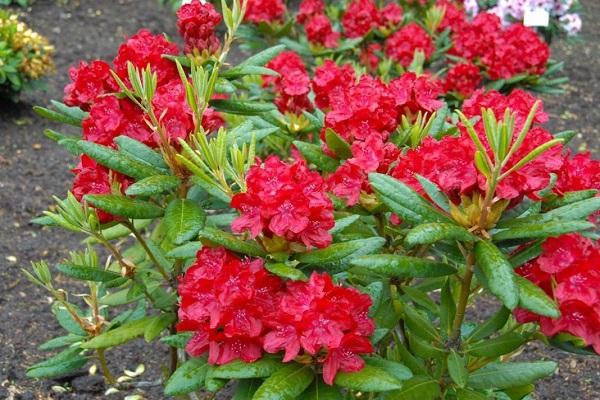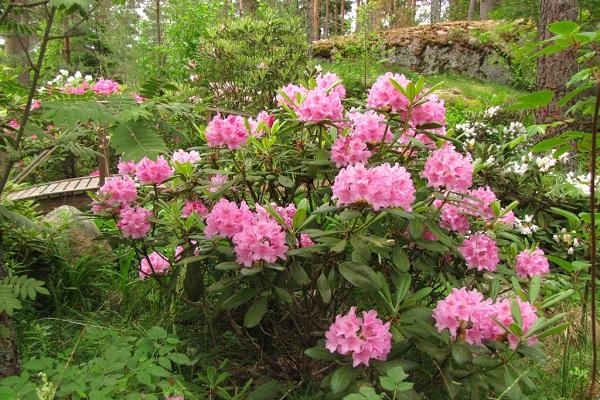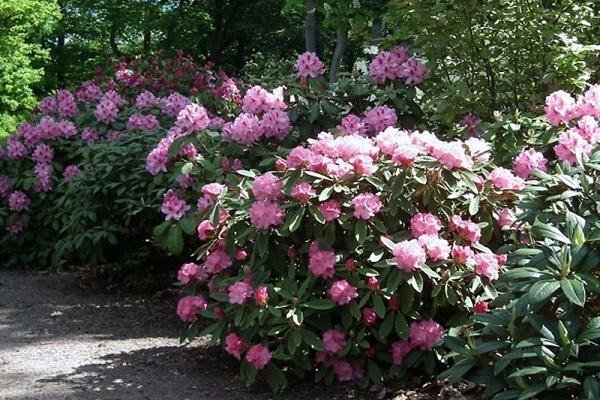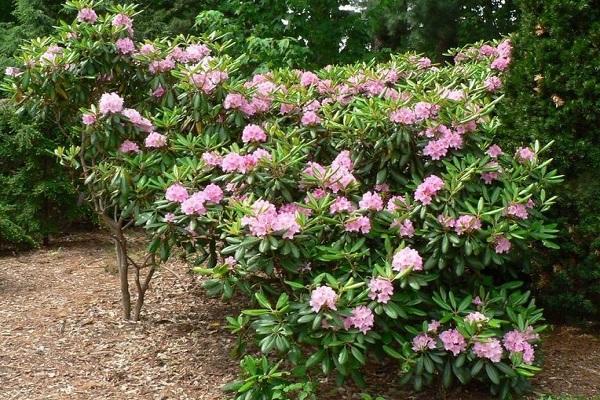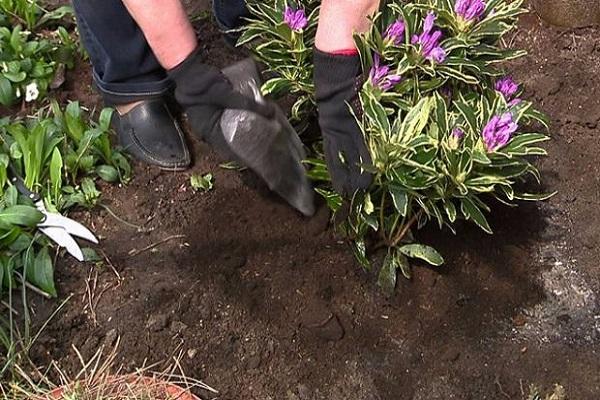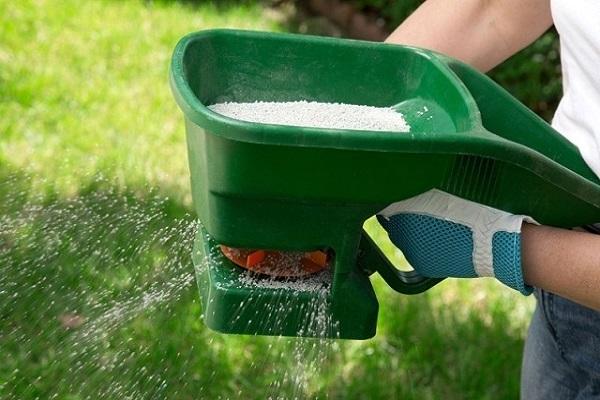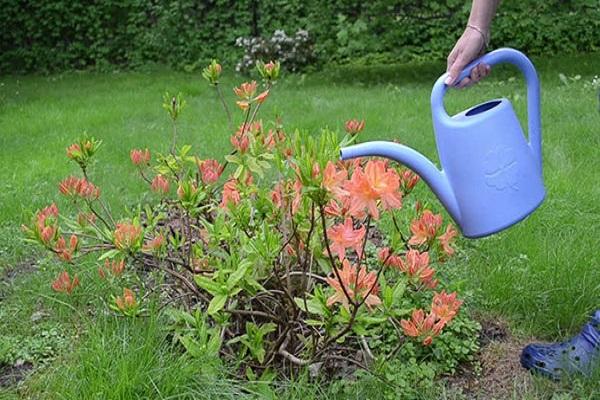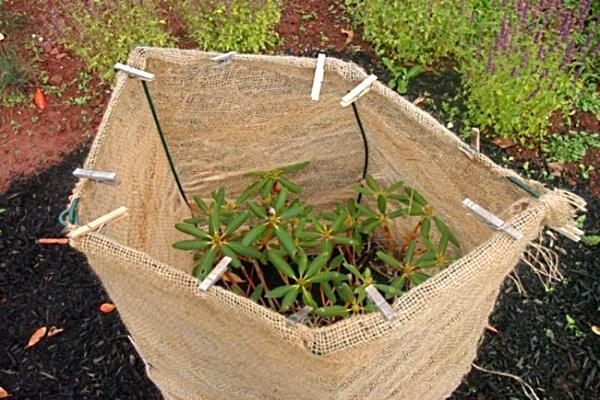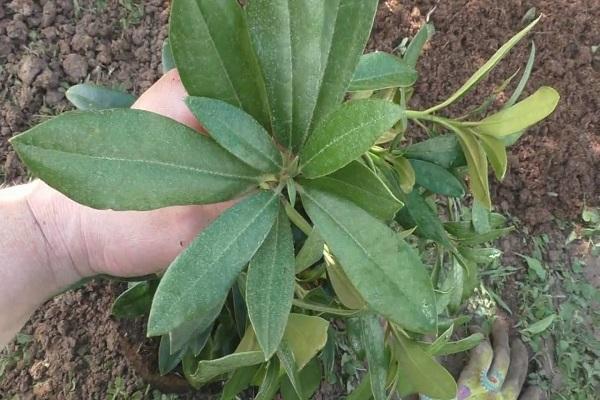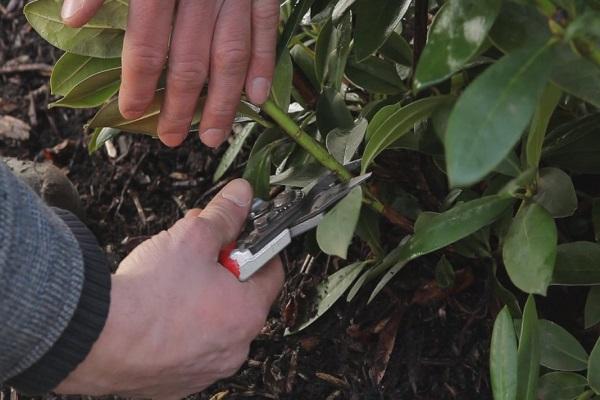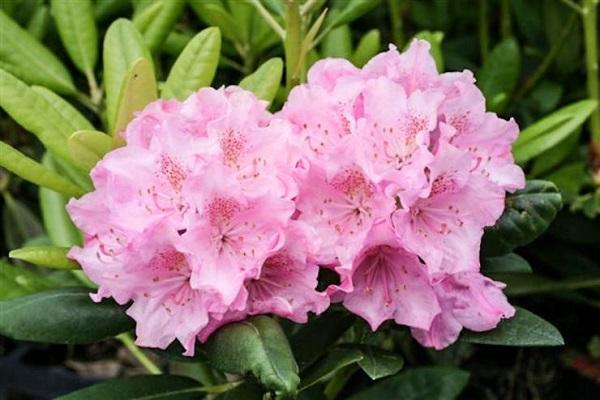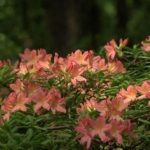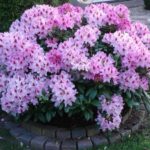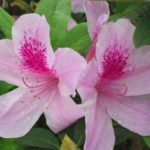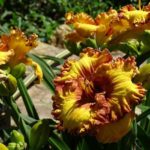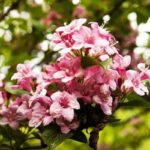Among the existing varieties of rhododendrons, the Helsinki University variety stands out due to its ability to withstand temperature drops down to -40 degrees. In addition, the culture is distinguished by lush flowering when growing in the northern regions and a dense crown, the width of which reaches 1.5 meters. And the large leaves of rhododendrons change color throughout the season.
- Description and characteristics
- History of origin
- Features of the variety
- Sub-varieties Helsinki university
- Hague
- Pink
- Red
- Features of flowering
- When and how?
- What must be observed?
- What to do if it doesn't bloom?
- Use in garden design
- Landing
- Selecting a location
- Soil requirements
- Pit preparation and planting scheme
- Care
- Watering
- Top dressing
- Trimming
- Preparing for winter
- Watering
- Top dressing
- Mulching
- Preparing shelter
- Protection from diseases and pests
- Transfer
- Reproduction
- Seeds
- Cuttings
- By layering
- Prevention of various problems
- Reviews
Description and characteristics
The evergreen variety of Helsinki University rhododendrons is distinguished by the following features:
- bush height - 1.7 meters;
- crown width - 1.5 meters;
- funnel-shaped flowers of a light pink hue;
- leaf length - 12-14 centimeters;
- inflorescences are formed from 12-18 large flowers with a diameter of up to 8 centimeters.
The flowering of rhododendrons of the Helsinki University variety begins in mid-June and ends in July..
The plant's castings, with a glossy surface, have a reddish tint in spring, which changes to dark green over time. The shrub is distinguished by a dense and branched crown, capable of taking regular shapes. The plant grows exclusively in loose and acidic soils, in shaded areas.
History of origin
This variety, named after the University of Helsinki, was officially registered in the relevant registers in the 70s of the last century. This variety of shrub appeared by hybridizing short-fruited rhododendrons.
Features of the variety
The main feature of Helsinki University rhododendrons is that the plant tolerates temperature drops of up to -40 degrees. This ability is not observed in other types of culture. Also, this variety of shrub is able to tolerate sudden changes in temperature and does not rot in conditions of high humidity.
Sub-varieties Helsinki university
Each subvariety of Helsinki University rhododendrons has retained the main characteristics of the parent plant, including the ability to bloom profusely after a long winter.
Hague
The Hague subvariety differs from the parent plant in that the flowers have a deep pink hue. Otherwise the shrub is similar to the Helsinki University rhododendrons.
Pink
This subvariety stands out due to its large bush, the height of which reaches 2.5 meters, and long flowering (up to 1.5 months). The pink variety of rhododendrons has a pleasant aroma. The flowers are compact, with a diameter of no more than three centimeters.
Red
This subvariety stands out due to its small bush, the height of which does not exceed one meter, and bright red buds and bell-shaped flowers.
Features of flowering
The demand for rhododendrons, including the Helsinki University variety, among gardeners is explained by the fact that the shrub is capable of blooming for a long time and beautifully, without requiring special care.
When and how?
Flowers on the bushes of rhododendrons of the Helsinki University variety appear in early or mid-July and fall off after 3 weeks. After this, young shoots form on the bush. Flowers form at the tips of the branches.
What must be observed?
Due to the fact that the plant spends a lot of energy during flowering, during this period it is necessary to provide abundant watering and good lighting. The air temperature during bud formation and budding should not exceed 15 degrees. After the petals fall, gardeners recommend removing the remaining flowers.
What to do if it doesn't bloom?
Lack of flowering indicates insufficient feeding (micronutrient deficiency) or disease. To avoid such problems, it is recommended to periodically spray the foliage in the summer or water the shrub with cold water.
Use in garden design
Rhododendrons of the Helsinki University variety are recommended to be planted next to:
- thuja;
- juniper;
- deciduous or coniferous trees.
The shrub grows well in the shade of large plants. It is also recommended to plant rhododendrons next to ornamental crops.
Landing
Planting of the Helsinki University shrub variety is carried out according to the same algorithm that is used when transferring seedlings of other rhododendrons to open ground.
Selecting a location
It is recommended to plant rhododendrons in shaded places: next to trees or near the northern wall of the house. Prolonged contact with direct sunlight has a detrimental effect on the bush.
Soil requirements
Rhododendrons prefer loose and acidic soils. Before planting the crop, it is recommended to add a mixture of leaf soil, pine needles and peat to the soil in a ratio of 3:1:2. It is also necessary to organize a drainage layer in the hole and add mineral fertilizer. During the season, you cannot weed the shrub, since the plant’s root system is located close to the soil surface.
Pit preparation and planting scheme
It is recommended to plant rhododendron seedlings of the Helsinki University variety in holes 40 centimeters deep and at least 60 centimeters wide. If necessary, the hole can be enlarged if the bush has a branched root system.
A 20-centimeter drainage layer should be poured onto the bottom of the hole, using a mixture of broken bricks and river sand, and a previously prepared mixture of peat and leaf soil. Then you need to make a hole in the soil and insert the seedling so that the root collar remains at soil level. At the end of planting, the plant is compacted, watered abundantly with clean water and mulched with peat and pine needles in a layer of up to six centimeters.
If it is planned to plant more than one shrub on a site, then the holes for seedlings should be placed at a distance of more than two meters.
Care
Rhododendrons of the Helsinki University variety are not demanding in terms of care. The plant must be watered regularly, avoiding overwatering, and fed several times a season.
Watering
It is necessary to water the bush up to three times a week, adding up to 10 liters of rain or settled water (low calcium content) under the bush. On cool days, the procedure is performed less frequently. Also during the summer you need to spray the leaves every day.
Top dressing
In the spring, a mixture of potassium, ammonium and superphosphate, taken in a 1:2:1 ratio (for each bush - no more than 30 grams), should be applied under the bush. After flowering, the plant is fed with phosphorus and potassium (2:1).
Trimming
In the first season after planting the seedlings, it is recommended to remove all buds. This will ensure better rooting. In the future, it is necessary to cut off damaged or old shoots by a third.
Preparing for winter
Due to its good frost resistance, the plant does not require serious preparation for winter.
Watering
The last time the shrub is watered is immediately after the onset of cold weather. This procedure is carried out to harden the plant.
Top dressing
Fertilizers are applied to the bush for the last time before the beginning of autumn. This is explained by the fact that fertilizing stimulates the growth of shoots, the development of which interferes with preparation for winter.
Mulching
After the last watering, the soil around the rhododendron trunk is mulched using a mixture of peat and pine needles.
Preparing shelter
The Helsinki University variety is frost-resistant, so the shrub is not covered for the winter.
Protection from diseases and pests
Rhododendrons often have slugs that need to be removed by hand. When scale insects and spider mites appear, the bush is treated with fungicides, and the weevil is treated with Diazolin solution.
Due to excessive watering, the root system of the plant rots or fungal diseases develop. In such cases, it is recommended to remove the affected parts of the bush.
Transfer
The shrub is replanted in the spring, placing a mixture of sand, sawdust and peat (proportion 1:1:2) in the prepared hole. To root the plant, 40 grams of sulfur are added to the soil.
Reproduction
Rhododendrons reproduce by seeds, cuttings and layering. The first option is rarely used.
Seeds
Seeds collected in August or September are sown in a mixture of peat and sand (3:1). The container with planting material is covered with film until the first shoots appear and left in a well-lit room at temperatures up to 20 degrees.
Cuttings
From an adult plant you need to cut branches 6-7 centimeters long. The cuttings are then placed in a mixture of peat and sand and covered with a jar. Within 3-4 months, the bushes take root, provided sufficient watering is provided.
By layering
To get a new bush, just bend the lower shoot to the ground, cut at the point of contact and sprinkle with earth. Next spring, the new shrub is transplanted to a new location.
Prevention of various problems
The Helsinki University variety does not tolerate abundant moisture, slightly acidic soils and prolonged droughts. In order to prevent diseases, it is recommended to provide sufficient, but not excessive, watering and regularly fertilize. If dry leaves appear on the bush, then iron chelate should be added under the trunk.
To prevent diseases, the plant is treated with Bordeaux mixture in the fall..
Reviews
Anna, Petrozavodsk:
“The Helsinki University variety is one of the few beautiful plants that have taken root on the site near Petrozavodsk.The shrub tolerates local cold winters well even without shelter.”
Valentin, Leningrad region:
“In the first two seasons, I regularly encountered fungal diseases, until I realized that I needed to reduce watering. I also treat the bushes with antifungal mixtures every year. There have been no other problems with this plant.”

